Until 1962, Centralia Pennsylvania was like many other anthracite coal region towns. While it had boomed during the heyday of coal mining in the late 1800s and early 1900s, the borough was now on the decline.
Centralia’s population was around 1400 residents in 1962. For those who lived there, it was a strong and supportive community. That would all begin to change on May 27, 1962.
On that day, in preparation for the upcoming Memorial Day celebration, Centralia PA’s landfill was set on fire at the behest of the Borough Council. It’s important to note that there are several other mine fire theories. Though, according to David DeKok, the willful lighting of the fire by the Council is the most likely explanation for the fire.
Unfortunately, the landfill happened to sit on an old strip mine. This enabled the fire to find its way into the network of abandoned mine tunnels under the town, igniting what we now know as the Centralia mine fire.
Almost immediately residents of the town knew something was wrong. Firefighters were call and were unable to extinguish it. They would pour water on it, only to find the fire had flared up and was burning again the next day. In June, one of Centralia residents notified state authorities of the problem and some money was made available to move garbage around in the dump and wet it again.
While this appear to work for a short while, the fire was stubborn and kept coming back. Worst of all, it had already spread beyond the landfill and deeper into the coal mines below the town.
Wrangling over what to do continued. It was only in November of 1962 that the first real effort to drill into the fire and flush it out began. By the spring of 1963, this project ran out of money before the fire was fully contained. Budget cuts at the Pennsylvania Department of Mines and Mineral Industries (DMMI) were beginning to impact efforts as well.
A new plan was drawn up in 1963. This time a trench would be dug to form a barrier between the fire and the town of Centralia. This project continued through the summer until it was determined that the fire had already crossed the barrier. The trench failed, and it was back to the drawing board.
Still another more extensive plan was drafted. Although, valuable time was lost as it took years to acquire the approvals, property releases, and funding. This effort to fight the mine fire finally got underway in May of 1967.
While drilling it was soon discovered that the fire was as deep as 225 feet into the earth. Now it was too deep for a trench to effectively block it. A revised plan was drawn up that would use more extensive use of flush barriers made of crushed stone and water.
By 1967 residents, especially those along Wood Street, were growing increasingly concerned. The fire was inching closer to their homes. They pressured the Centralia Borough Council to act. The Council in turn pressured the United States Bureau of Mines to do something more.
It was eventually learned that the flush barriers were to be replaced with experimental fly ash barriers. And, this project would not even begin until 1969. Fly ash is a byproduct of burning coal in power plants. Today the use of fly ash is highly controversial given the toxins found within it.
1969 was also the year residents began to feel the effects of the mine fire under Centralia Pennsylvania. William and Janet Birster started to suffer from headaches and nausea as did their neighbor, Marion Laughlin. After pressure from residents like Helen Womer, the Bureau of Mines agreed to dig a small trench to protect the homes along Wood Street by the end of 1969.
The more extensive fly ash barrier was eventually completed in 1974. However, the barrier had already failed as early as 1972. At that time, the fire was detected beyond it and additional emergency funds were required to shore it up.
For the next few years, the mine fire problem in Centralia festered with residents. For years, Tony and Mary Lou Gaughan suspected the fly ash barrier had been breached, and the fire was still moving under the town.
The Bureau of Mines, however, still tried to the ignore the problem. Officials stood by barrier and its success. By 1977 they would no longer be able to deny the threat residents faced from the growing mine fire.
Stay tuned for the next part in our series about the history of Centralia, Pennsylvania.

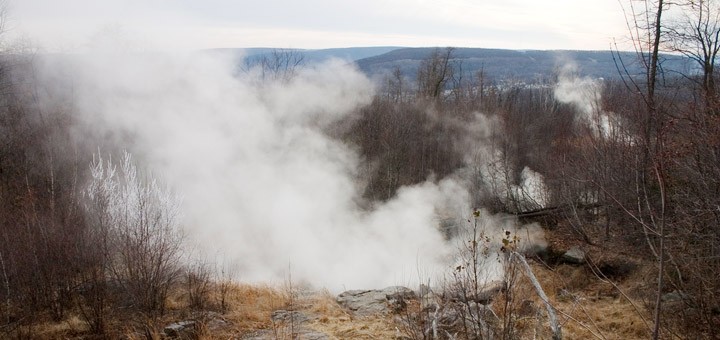
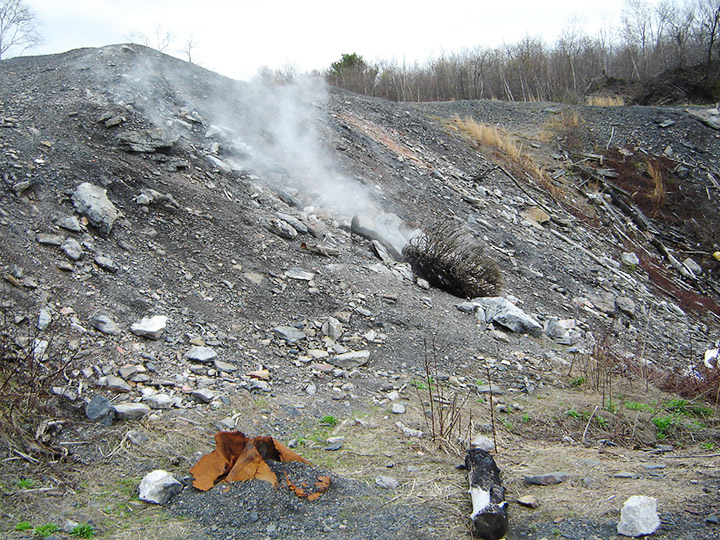
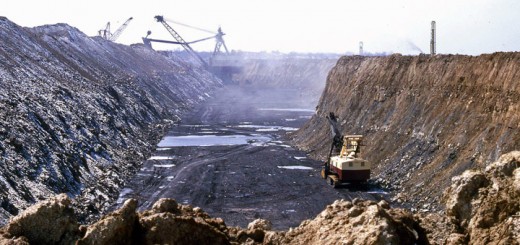
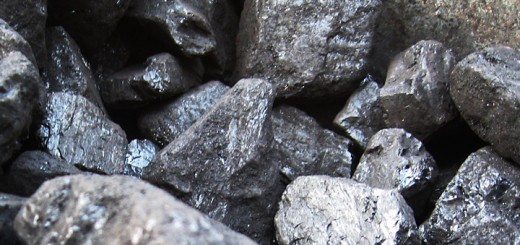
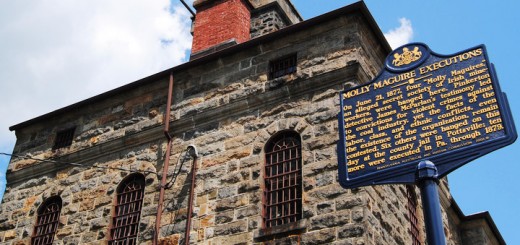
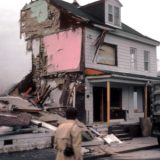



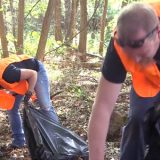
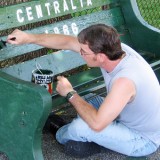
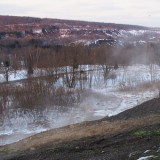
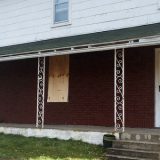
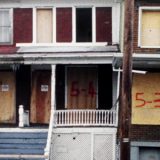
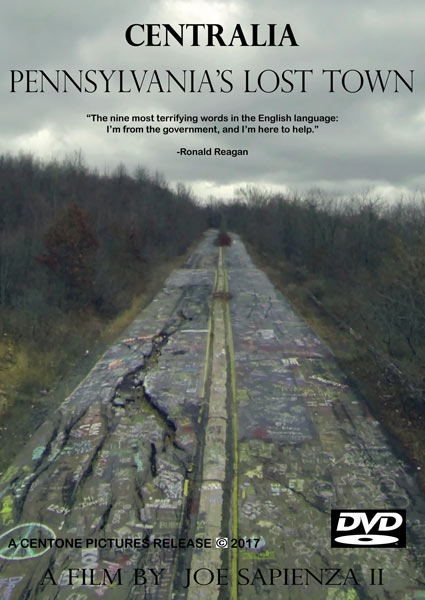
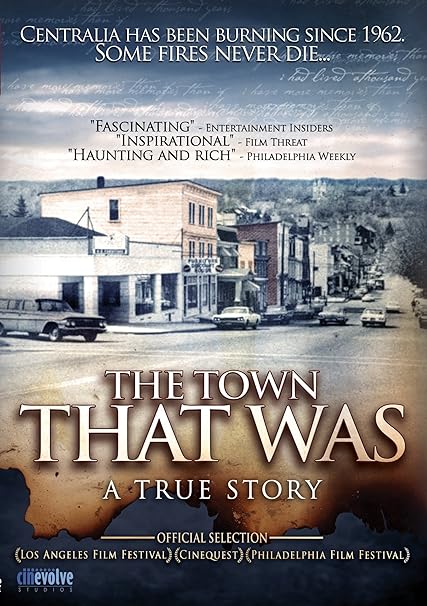
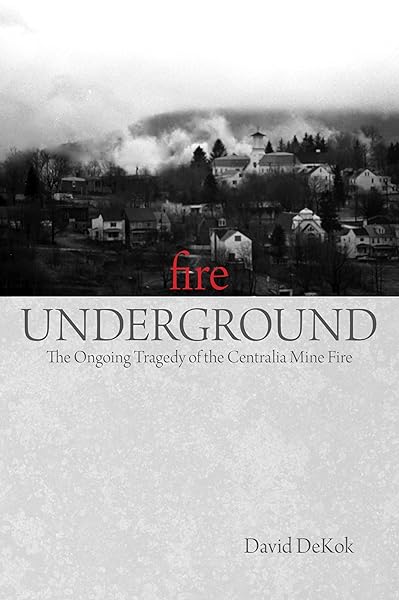
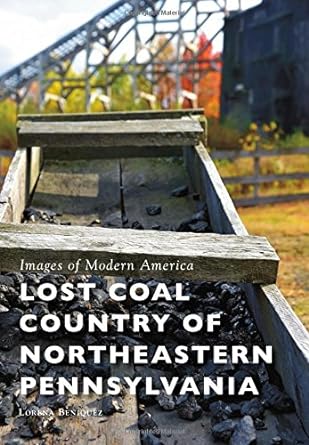
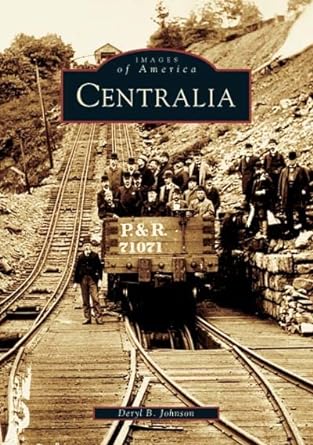
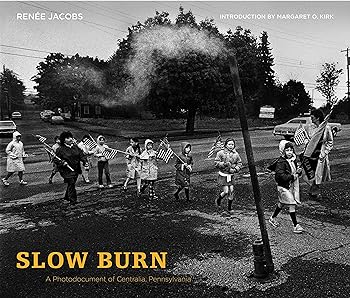
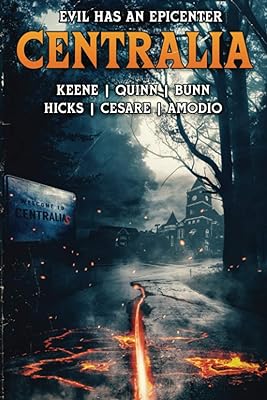
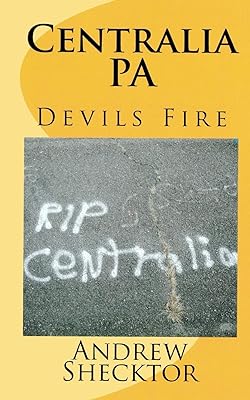
Wow this is crazy reminds me of my childhood
i was wondering if this is all the information you guys have on this? I am writing a report on the history of PA (I’ve already have done Pennhurst asylum’s and the liberty bell.) and this town amazes me. I know might not get a response back, but if you so happen to have any other information, do feel free to contact me at @acorn826@icloud.com. Thank you and happy holidays.